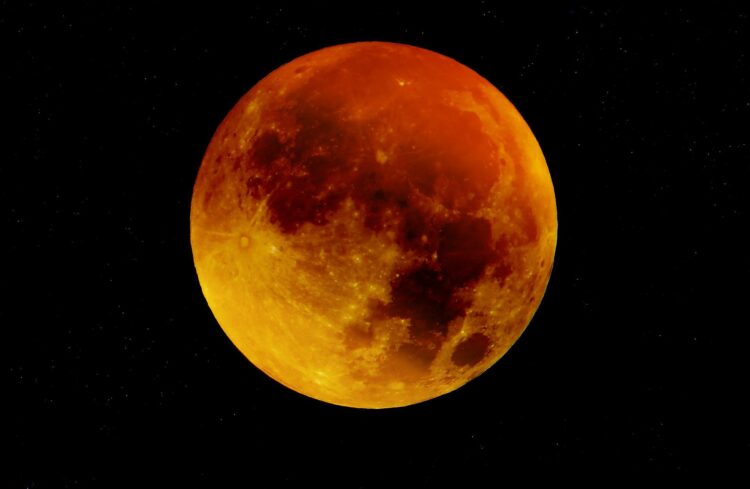
May 13. On Sunday night into Monday morning, May 15 to 16, look to the sky and you should see both a full moon and a total eclipse of the moon.
Here’s the scoop from solarsystem.nasa.gov/:
The event peaks just after midnight EDT on Monday morning, May 16. The moon will begin entering the partial shadow of the Earth at 9:32 pm on Sunday night, May 15.
The slight darkening of the moon will not stand out until the round edge of the Earth’s full shadow starts falling on the moon at 10:28 pm. It will take until 11:29 p.m. for the Earth’s round shadow to fully cover the moon.
The peak of the eclipse will be at 12:11 am. on Monday morning, May 16.
The moon will be opposite the sun in Earth-based longitude three minutes later at 12:14 am (this is the event used to define the time of a full moon). The moon will begin emerging from the full shadow at 12:54 am and finish emerging from the full shadow at 1:55 am. The moon will not finish exiting the partial shadow until 2:51 am, but the subtle shading of this last part of the eclipse will be difficult to notice.
Aside from the darkening of the moon from this eclipse, the moon will appear full from Saturday evening through Tuesday morning.
Lunar eclipses are the ones that are safe to look at directly with your eyes, binoculars or a telescope.




